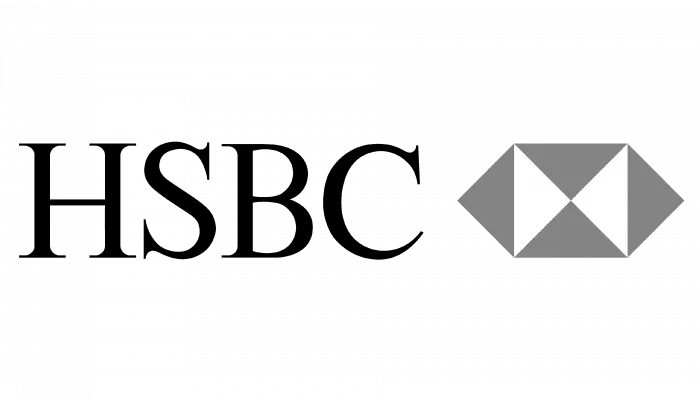The last twenty five years has seen enormous growth in the UK’s housing market. Part of the driving force behind the growth in this sector has been the increased demand, partially driven by a growing ‘buy to let’ sector.
With supply lagging far beyond demand from an increasing population, the UK Government have been keen to discourage the small private buy to let investor. From 1. April 2016, anyone purchasing an additional buy to let property must pay at least an extra 3 per cent in stamp duty land tax.
The Treasury has tried to close any loopholes to get around extra stamp duty charges. The changes apply to companies and individuals no matter how many properties you are purchasing.
Stamp Duty Land Tax Surplus for Buy to Let Landlords
| Property Price | Surplus SDLT Rate |
| Up to £40,000 | 0% |
| Over £40,000 and under £125,000 | 3% |
| Over £125,000 and under £250,000 | 5% |
| Over £250,000 and under £925,000 | 8% |
| Over £925,000 and under £1,500,000 | 13% |
| Over £1,500,000 | 15% |
For example, prior to April 2016, anyone buying a £200,000 second home or buy to let, paid stamp duty of £1,500. This was based on paying zero per cent on the first £125,000 of the property value and 2 per cent on the portion between £125,001 and £250,000.
From April 2016, landlords had to pay 3 per cent for the first £125,000 and 5 per cent instead of 2 per cent on the amount between £125,001 and £250,000. This could give them a total bill of up to £7,500.
Click here for non Buy to Let Stamp Duty Rates.
However, it’s not just buy to let landlords who have been hit but anyone buying a second home. This even extends to parents buying a property for their children, or a couple purchasing a home together where one is already a homeowner.
Those purchasing a buy-to-let and second homes face the charge, but so do others.
Anyone owning a second property that isn't their main residence and buying another, or replacing the one they don't live in, is also likely to get caught up in the extra tax.
There are a variety of SDLT calculators on the internet.
Related Articles:
Recent posts
Best UK Mortgage Rates this Week
Yesterday

Here are the lowest fixed mortgage rates of the week, available to first-time buyers, home movers, buy-to-let, and those remortgaging.
Call us for more information: 01628 507477 or email: team@mortgagerequired.com.
Autumn Budget 2025: A Summary
8 days ago

Chancellor, Rachel Reeves, has delivered the Autumn 2025 budget. We have summarised the government's plans for tax and spending.
Renters' Rights Act
20 days ago

The Renter’s Rights Bill became law at the end of October, which means it has been signed off by the King, and it is now the Renters’ Rights Act. Despite this becoming law, these changes are likely to start changing within the next six months, with the aim of being fully implemented throughout 2026 and into 2027.
Mortgages and budgeting to be taught in schools
26 days ago

A welcome change in school is coming as financial literacy is due to become compulsory in schools in England.
The Government has announced that as part of the new national curriculum, children in primary and secondary education will be required to learn about budgeting, compound interest, managing money, and mortgages.
The top 10 most beautiful villages in the world
24 Oct 2025

Forbes has published a global ranking of stunning locations and one popular picturesque corner of the UK has nabbed top spot.

Over three years after the Mini-Budget took place, we look at what the mortgage market looks like now, showing the difference in mortgage repayments.

The government has announced plans to make buying or selling a home cheaper and quicker with what is being called the “biggest shake-up to the homebuying system in this country’s history.”
More borrowers using equity release
1 Oct 2025

Almost one in five equity release mortgages are now taken out to provide financial support to family.



















